I have never been one who bought third party lenses; lenses designed by another company for the camera body I am using. I have always felt that the original manufacturer knows how to optimize the lenses to work on their bodies, probably more so than a manufacturer of third party lenses. And, the body manufacturer generally has a wealth of experience building lenses, after all that’s how many of the most popular companies built their brand reputation.
For years I was a Canon shooter and only shot with Canon lenses. When I moved to Fujifilm, again, I’ve only shot with Fujinon lenses. Both of these manufacturers are renowned for their lenses, especially Fujifilm as they make many broadcast, scientific and optical lenses for a huge variety of applications. They know how to do it right! As I was always wanting to do as much as I could to optimize my image quality, it always made the most sense to me to stick with the OEM manufacturers (Canon/Fujifilm) for lenses. I had no desire or need to reach beyond the OEM companies to another lens provider. And, back in the day (not so much nowadays), the third party lenses weren’t consistently as good, or better than, the OEM lenses.
When I think about third party lenses, right or wrong, I think of manufacturers putting out low cost alternatives to the OEM lenses with reduced quality of materials, assembly and most importantly, less optimization of the optical elements, which may degrade image quality. But things are different now, the third party lens companies are producing some amazing quality products and these days, I’m less adverse to trying different lenses. For example, the Sigma Art series is an amazing range of lenses many of which rival the best OEM companies in the industry.
The reason I’m writing this today is that I recently surprised myself and picked up a used third party lens and I’m kind of excited about the possibilities! I just purchased a used Rokinon 12mm f/2 for use on my Fujifilm X bodies. You can find these for sale used for around $100 so for that price, I thought I’d give it a try and see if could find a home in my bag for some particular uses.
There are tons of reviews on YouTube and the web about the Rokinon and the Samyang 12mm, which are essentially interchangeable. Both are well reviewed and have been on the market for several years. It’s small, lightweight, fast and wider than anything I currently have in my bag.
Why did I buy this? Well, lemme tell ya. The widest lens I own is the Fujinon 16mm-55mm, which is my workhorse of a lens. It is my general landscape lens and on my camera a good portion of the time. I used to own the Fujinon 10mm-24mm lens, which was one of the first that I bought when I transitioned to the Fujifilm family. Over time though, I found that I was using the 10-24 less and less, partly because I prefer to not shoot that wide and partly because the lens was a bit soft (one of the common complaints of this lens). So it collected more and more dust until I finally sold it to someone who would use it more than I. I have found though that there are times when I need a lens wider than 16mm. I remember a time standing on the bridge in the winter in Lofoten and I needed to get to about 11mm for the shot I wanted and having to borrow a wide prime from a friend of mine. Or, shooting the aurora at night in Iceland with an f/4 lens and wanting something fast. My point is, I have a need for a wider and faster lens. It’s not something I would use often, but when I need it I need it, so I’ve been looking at options for how to fill that niche in my bag.
Of course, I looked at the Fujifilm lenses and there is a new version of the 10-24mm which improves on the last generation. Or, there are wider/faster primes available as well. That was my first thought. But hot on the heels of that thought was the thought that I won’t use this lens very often and so why shell out top dollar for something that will sit on the shelf most days.
I know I said above that image quality is paramount to me, and it is, but I started wondering if I could make some compromises in my standards and check out the third party lenses on offer to see if something could fit the bill without a hefty price tag. After watching a ton of videos and reading about the Rokinon/Samyang lens, I began to think that this could be a solution at a reasonable price. Since this lens will be used in “fringe cases” to my normal photography, I feel that a slight loss in IQ is an acceptable trade off for the small size, fast aperture and wide angle. Any perceived softness in the lens I can probably correct in post if it is important enough to do so.
They now make two versions of this lens, one is manual focus and one has auto focus built in. Both are great from what I’ve learned. The version I purchased is the manual focus one. I’m not concerned at not having AF with the Focus Peaking in the Fujifilm cameras. Plus, how I envision using this lens won’t be for action or anything requiring speed of operation. I’m comfortable manual focusing lenses for landscape work, I do it today with my AF lenses anyways, so lack of AF is a non-issue. Plus, the non-AF lenses are smaller, lighter and cheaper.
This 12mm lens has been around for a few years and for those interested in the technical specifications of it, it has 12 glass elements arranged in 10 groups with a 6-bladed diaphragm. Its aperture range is f/2-f/22 and has a minimum focusing distance of just under 8″. The body of the lens is quality plastics while the mounting flange is aluminum for a secure connection. It weighs just 9oz and is less than 3″ in length, making it the perfect wide angle travel lens when size and weight is a concern.
My other concern is that I am heading to Greenland in a few weeks and there is a severe weight limit to what we can bring on the flight from Iceland to Greenland. I’m really having to assess and evaluate which lenses and gear I will bring on this trip and this diminutive 12mm lens doesn’t take up much room and is ultra light for the range of view that I get from it. Being up close to huge icebergs, a wide angle lens is necessary! I’ll also bring my 16-80mm and my 100-400mm to round out the selection. For a size comparison, here is an image with the Fujifilm 16-55mm on the left, the Fujifilm 18-55mm and then the Rokinon 12mm on the right.
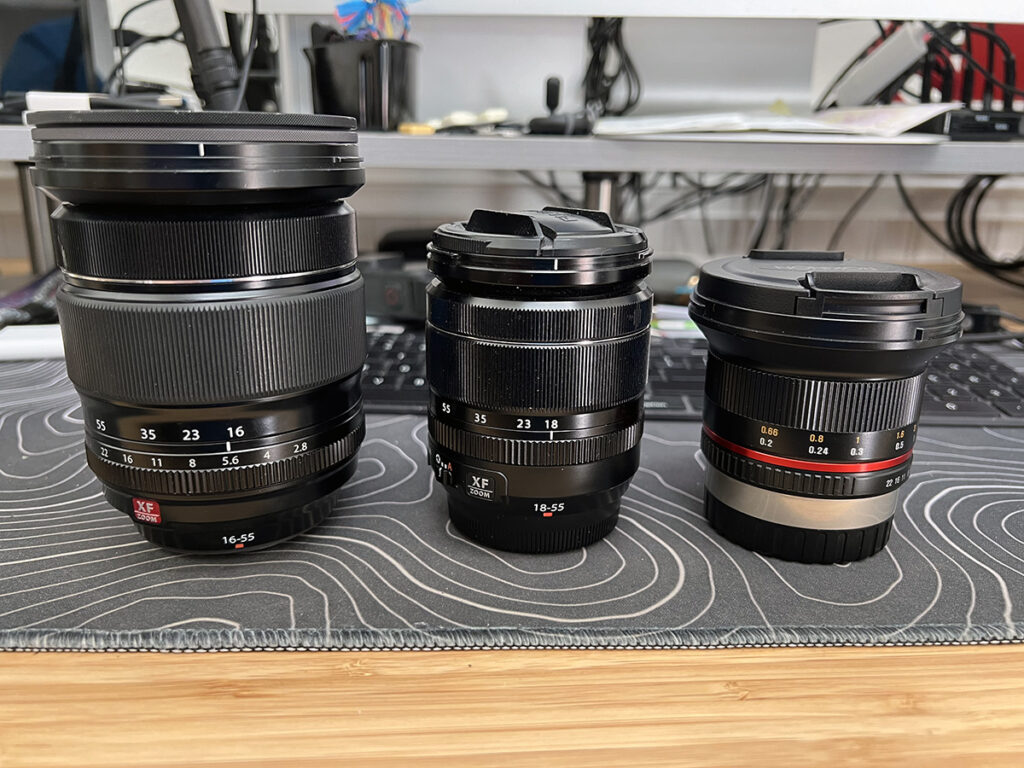
Fujifilm 16-55mm, 18-55mm and Rokinon 12mm
When I picked up this lens from a local seller, another Fuji guy who just didn’t use the lens much and wanted to pass it along, I headed to the backyard and shot a few test frames. Now, here is a big caveat with some of the older, manual or cheaper lenses, they don’t often have the electrical connections to communicate with the camera body. In the case of the Rokinon, there is no aperture information displayed in the camera, it shows as f/1. This is fine with me because on the barrel of the lens there is a wonderful aperture ring that is clearly marked with positive indentations to choose your aperture. I don’t need the data displayed in the viewfinder when it’s readily available to me with a quick glance at the lens barrel. Being a manual focus lens, I was pleased to feel how smooth and quality feeling the focus ring on the lens barrel felt. Since my Fujifilm X-T5 is set to show Focus Peaking (outlining which areas in the frame are in focus) it was easy to dial in the focus exactly where I wanted it!
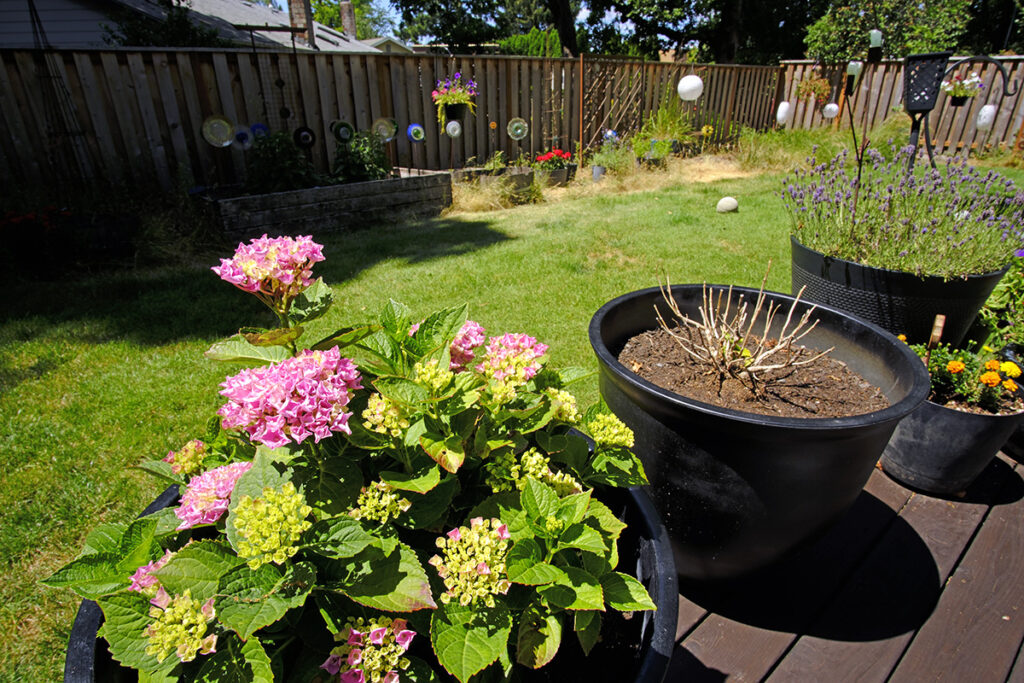
I shot a spread of images from f/2 all the way to f/22. Above is a sample image at f/16. Overall, I’m very happy throughout the aperture range. The bokeh is pleasing enough at f/2 and I can really separate the subject from the background nicely. The quality of bokeh isn’t as nice as on high end lenses, the “shape” of the bokeh balls isn’t quite as nice. But I’m not using this lens for bokeh so I don’t really mind this. Through most of the aperture range, I found the sharpness to be great with no funky artifacts showing up. At f/22, there is a bit of sharpness loss in the corners, but nothing crazy and about what I’d expect for a 12mm f/2 costing less than $300.
I have realized my preconceived beliefs about third party lenses may be unfounded these days. I feel that there are many options now from Sigma, Tamron and others that are worthy lenses to have on our cameras. The Rokinon/Samyang not one of the highest examples of third party lenses, but I think it’s a contender for me in limited use cases. Astrophotography and those times when I simply need more than my 16mm Fujinon lens, this little beasty might just be a great fit. I may sacrifice a bit in ultimate image quality compared to my finest Fujifilm lenses, but in the end, it’s better to have captured the shot than had to pass it by because I didn’t have enough field of view or fast enough aperture.
What do you think of third party lenses? Do you own any and what do you think of them. As this is my first foray in to this area, I’d love to hear from you to see your experience

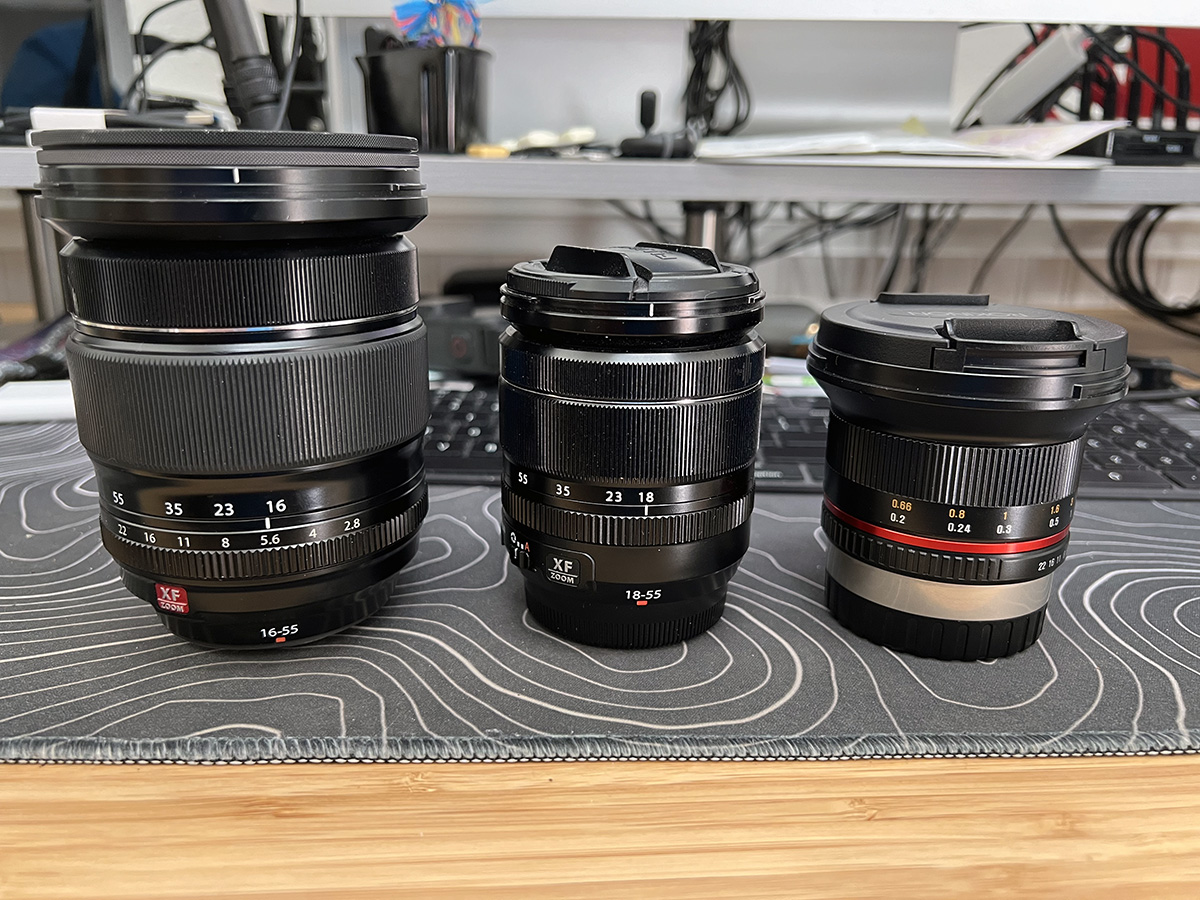
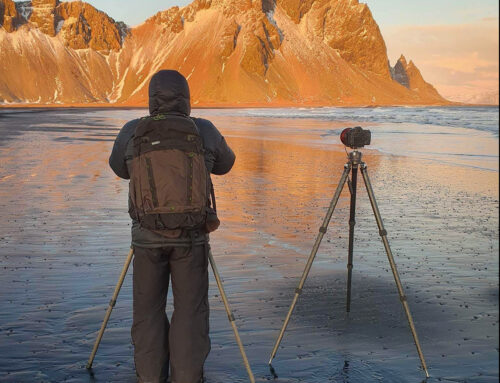

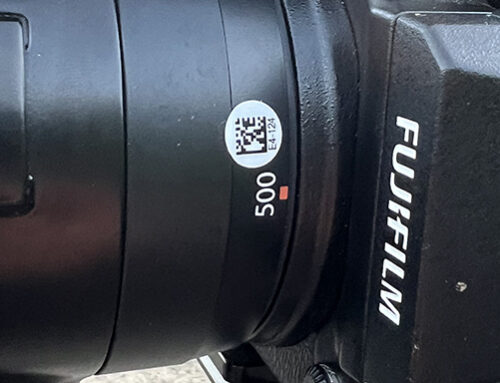
Leave A Comment